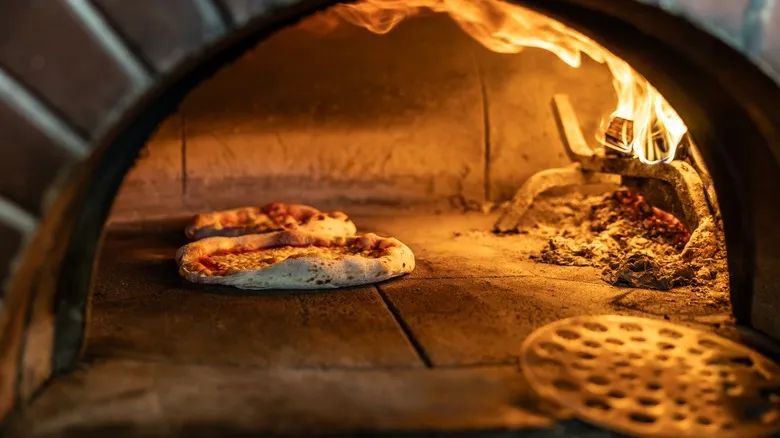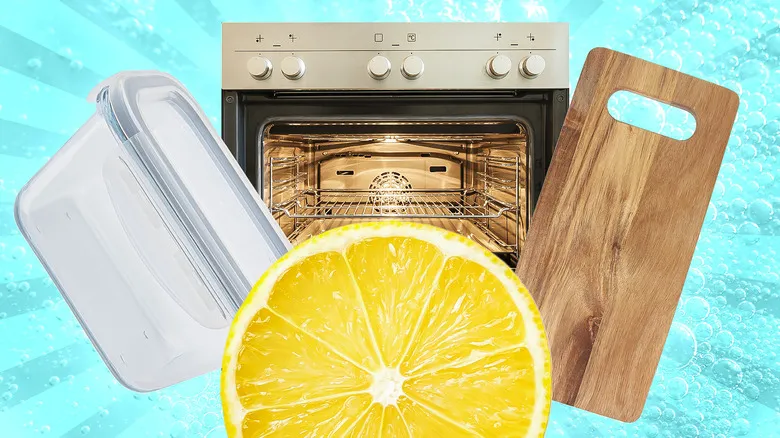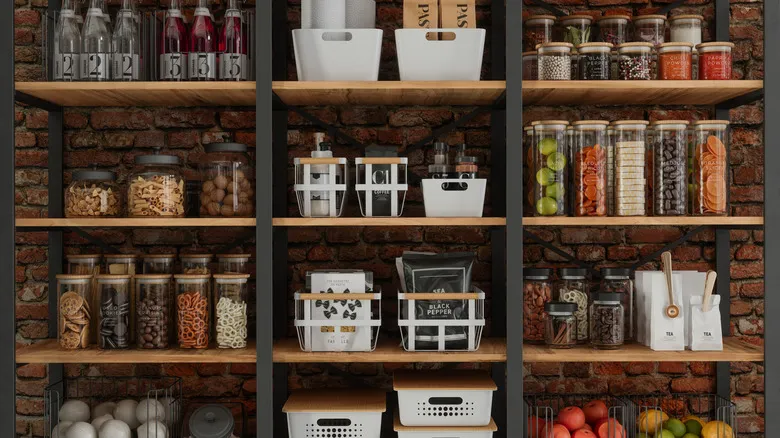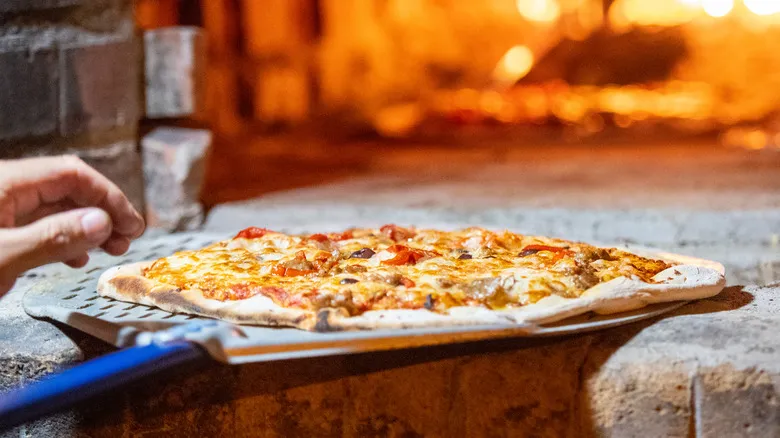The physics of a finer pizza

When you compare a steel oven to a brick oven, both set to the same temperature (approximately 700 degrees Fahrenheit), the crust in the steel oven will be nearly 200 degrees Fahrenheit hotter in the same timeframe. This difference is significant not just for the crust, but also for the toppings—especially those unexpected yet delightful ones—which may not have enough time to cook properly before the crust becomes burnt. The slower baking process of a brick oven allows the ingredients to melt, roast, and blend together, creating a beautifully balanced surface.
Whether you opt for a classic pizza night with a simple three-ingredient sauce or a cherished family recipe, your home oven simply can't replicate the results of a brick oven. However, even if you don't have a brick oven in your kitchen, there are ways to approximate this technique, such as using a ceramic pizza stone. Additionally, your broiler can help you achieve a closer resemblance to restaurant-quality pizza at home. By understanding what makes brick ovens unique, you'll gain a deeper appreciation for your local pizzeria.
Recommended

11 Genius Lemon Hacks To Naturally Clean Your Kitchen

14 Storage Tips For Longer-Lasting Watermelon

Parchment Paper Is Key For Perfectly Organized Kitchen Drawers

12 Foods That Don't Last In Storage Like You Think
Next up

